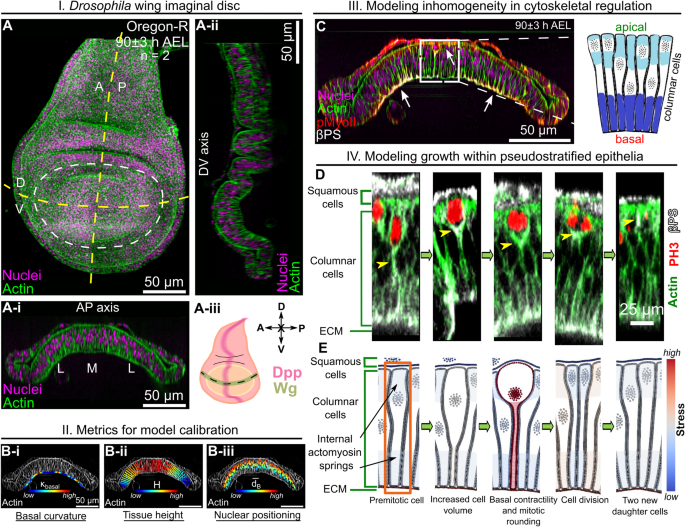2024-05-17 パシフィック・ノースウェスト国立研究所(PNNL)
<関連情報>
- https://www.pnnl.gov/news-media/how-plants-sense-sugar-produce-oils
- https://www.science.org/doi/10.1126/sciadv.adn0895
植物代謝センサーキナーゼSnRK1のトレハロース6リン酸阻害の分子メカニズム Molecular mechanism of trehalose 6-phosphate inhibition of the plant metabolic sensor kinase SnRK1
JANTANA BLANFORD, ZHIYANG ZHAI, MARCEL D. BAER, GONGRUI GUO, […], AND JOHN SHANKLIN
Science Advances Published:17 May 2024
DOI:https://doi.org/10.1126/sciadv.adn0895

Abstract
SUCROSE-NON-FERMENTING1-RELATED PROTEIN KINASE1 (SnRK1), a central plant metabolic sensor kinase, phosphorylates its target proteins, triggering a global shift from anabolism to catabolism. Molecular modeling revealed that upon binding of KIN10 to GEMINIVIRUS REP-INTERACTING KINASE1 (GRIK1), KIN10’s activation T-loop reorients into GRIK1’s active site, enabling its phosphorylation and activation. Trehalose 6-phosphate (T6P) is a proxy for cellular sugar status and a potent inhibitor of SnRK1. T6P binds to KIN10, a SnRK1 catalytic subunit, weakening its affinity for GRIK1. Here, we investigate the molecular details of T6P inhibition of KIN10. Molecular dynamics simulations and in vitro phosphorylation assays identified and validated the T6P binding site on KIN10. Under high-sugar conditions, T6P binds to KIN10, blocking the reorientation of its activation loop and preventing its phosphorylation and activation by GRIK1. Under these conditions, SnRK1 maintains only basal activity levels, minimizing phosphorylation of its target proteins, thereby facilitating a general shift from catabolism to anabolism.


